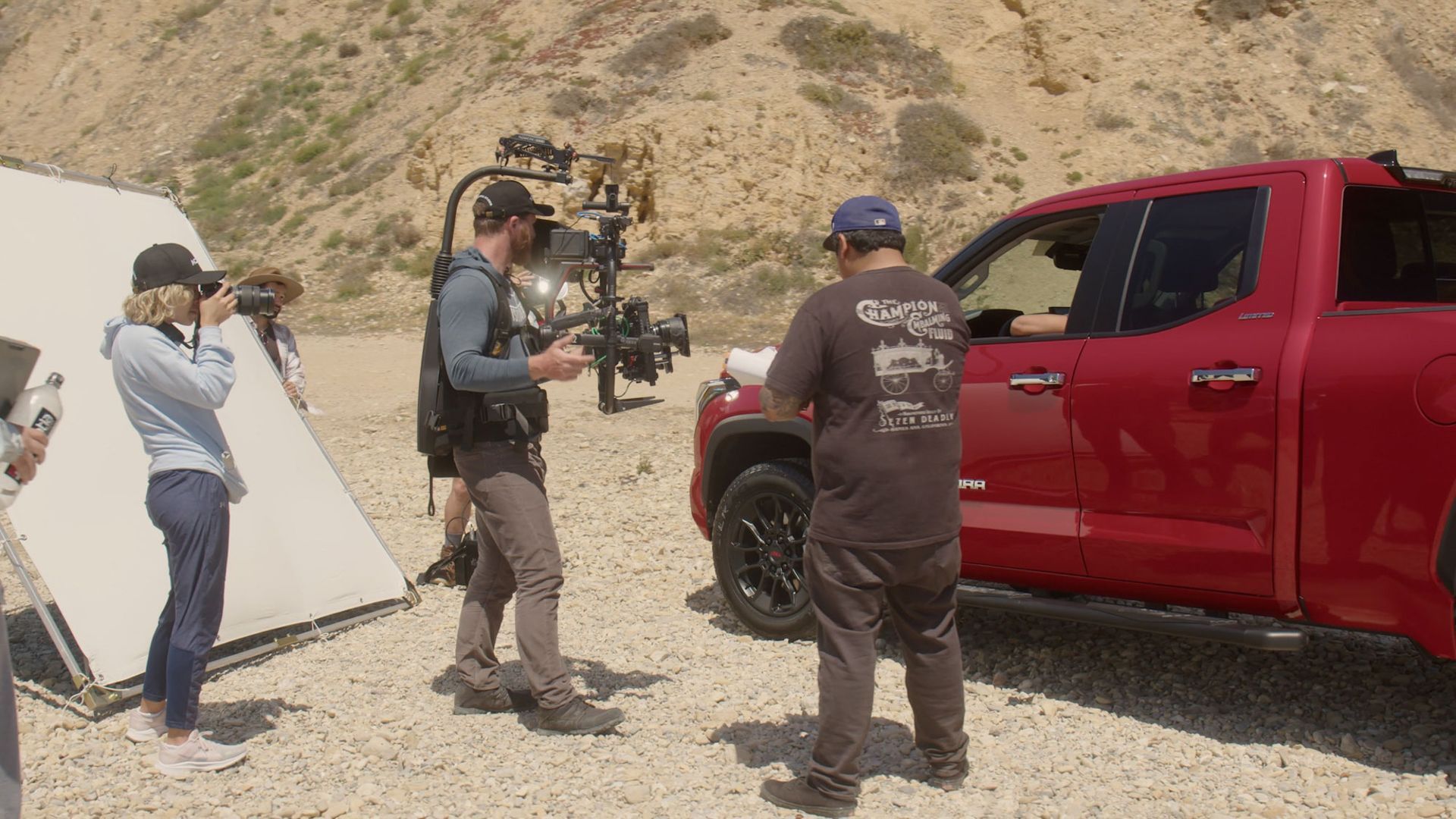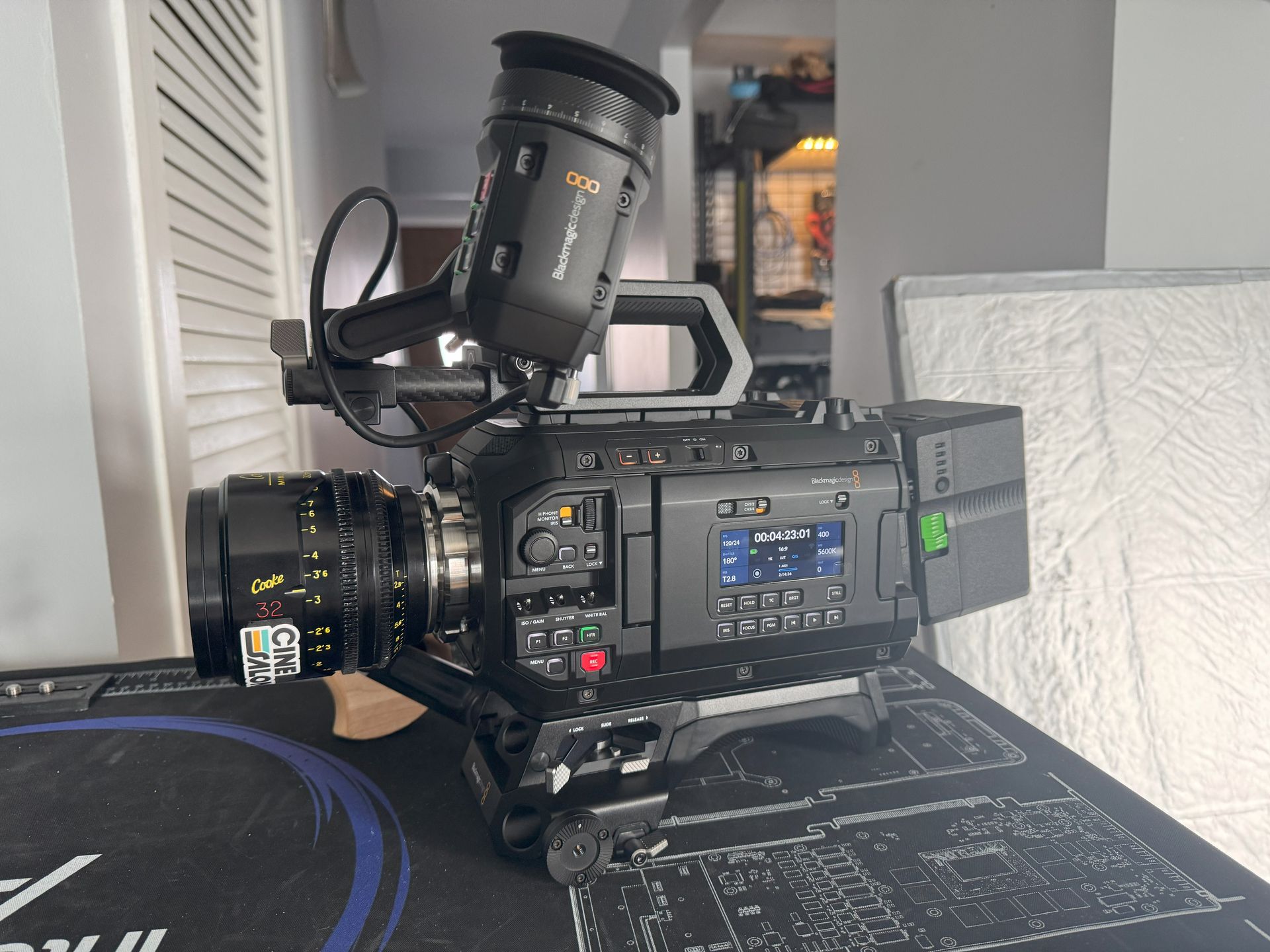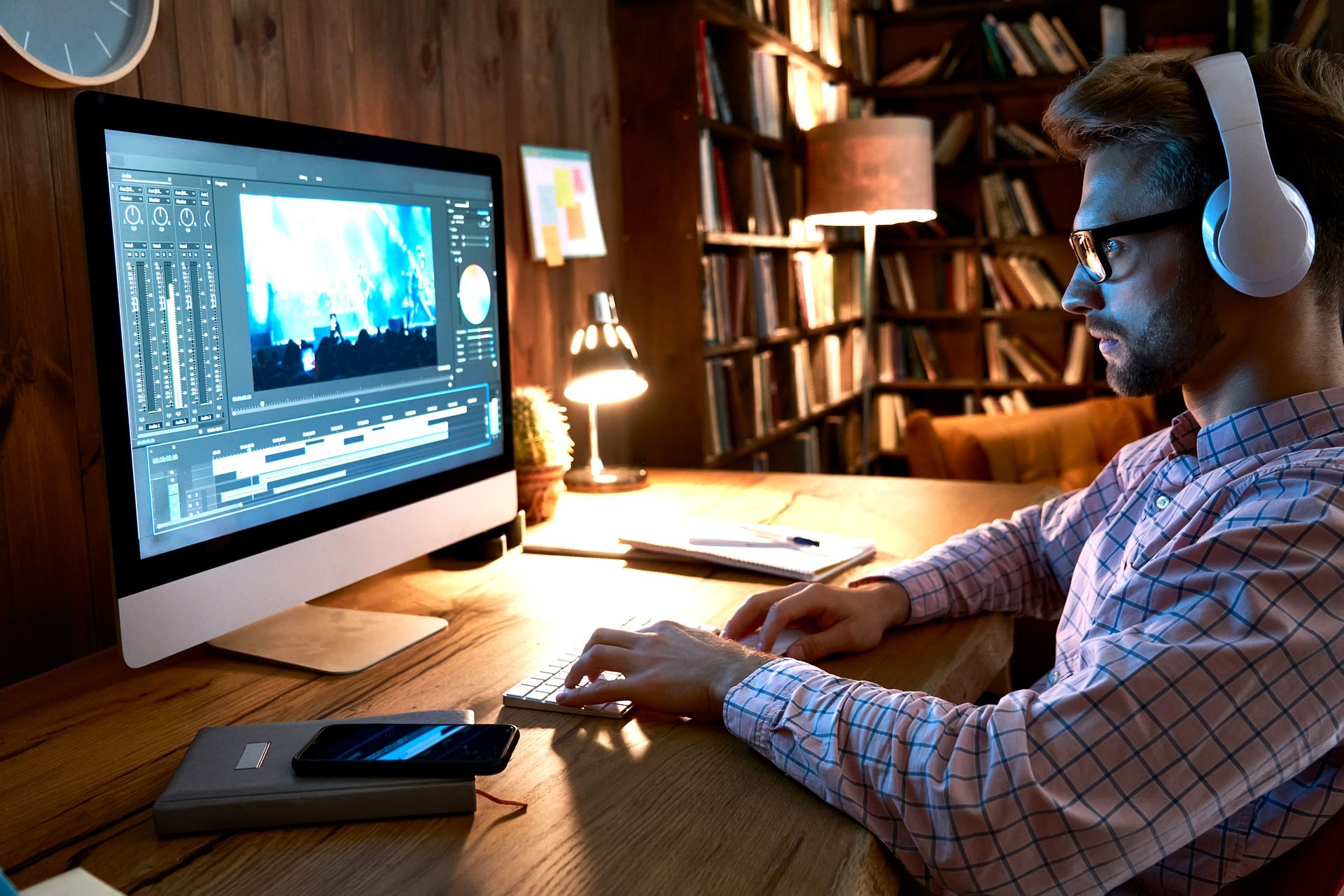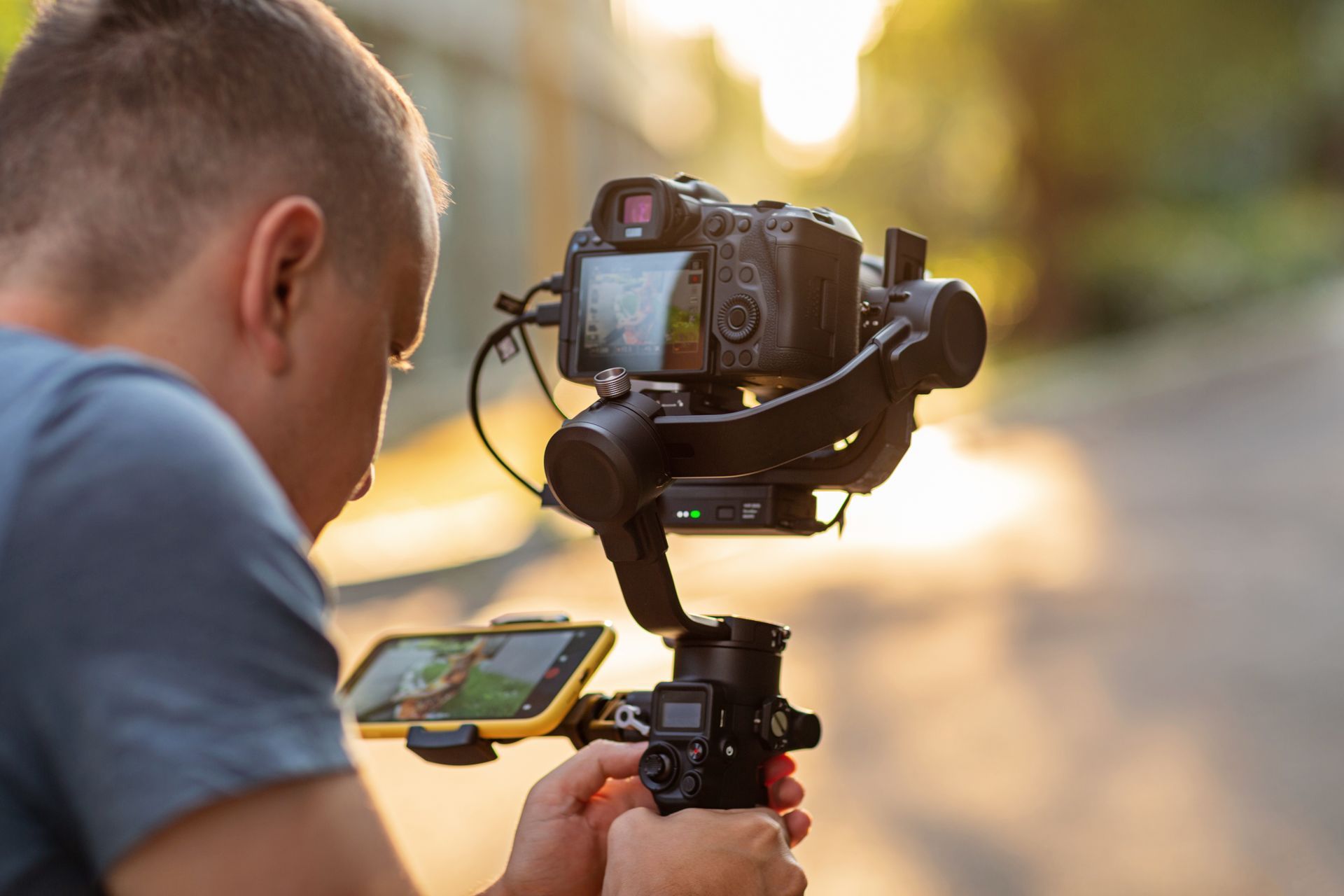How to Edit a Documentary Film; Techniques and Workflows
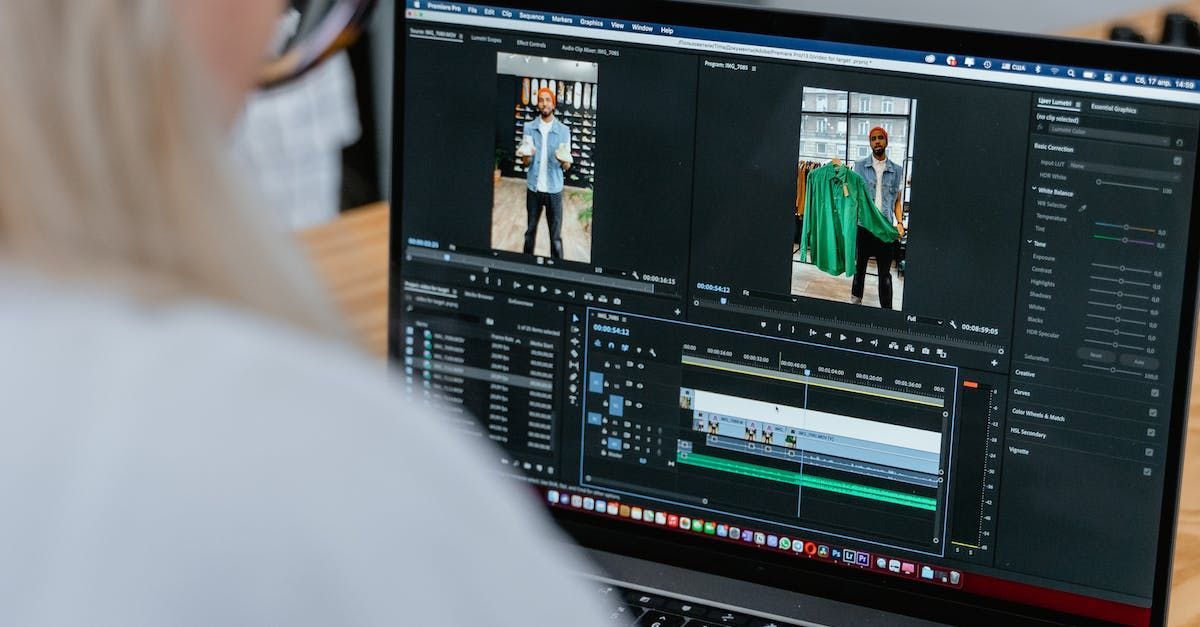
In filmmaking, the art of documentary editing is where the magic happens. Much like a skilled architect who starts with a blueprint, filmmakers begin their journey with an editing outline. In this guide, we'll explore the art and science of documentary editing, shedding light on techniques, workflows, and the pivotal role of the editing outline.
Documentary Editing
Before we dive into the technical aspects of documentary editing, let's appreciate the creative side of this craft. Imagine your editing suite as your canvas and your footage as the colors you'll use to paint your masterpiece. Just as an artist sketches an outline before filling in the details, editors rely on an editing outline to guide them through the creative process.
The Art of Documentary Editing
While documentary editing involves technical skills, nurturing your creative instincts is equally important. This section will help you grasp the artistic side of editing, which is just as crucial as knowing your software tools.
Essentials of Documentary Editing
In documentary editing, you're not merely arranging clips but crafting a compelling narrative. Your editing outline serves as a compass, guiding you through the labyrinth of storytelling.
Creating Your Editing Outline
Now, let's get down to the practical aspects of creating an editing outline. This foundational step sets the tone for the entire editing process.
Structuring Your Documentary
Think of your editing outline as the blueprint for your documentary. It determines the sequence of events, the pacing, and your story's emotional highs and lows.
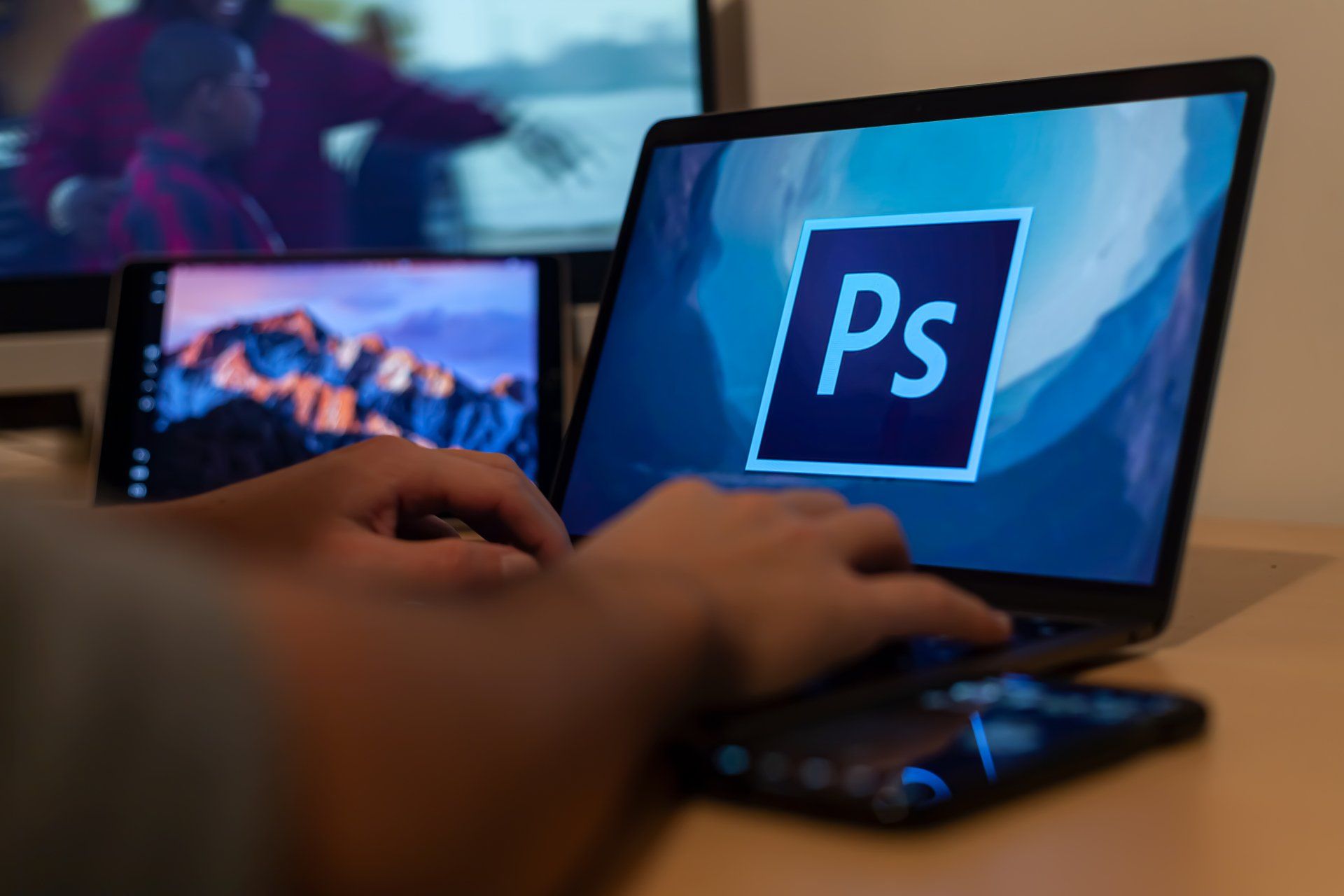
The Workflow
With your editing outline, it's time to dive into the editing process. This is where you bring your documentary to life, frame by frame.
Editing Techniques and Tools
Documentary editing relies on diverse techniques and tools to create a cohesive narrative. Your editing outline continues to be your guiding star, helping you make informed choices.
Perfecting Your Documentary
Refining and polishing your documentary is crucial as you approach the finish line. This phase involves meticulous attention to detail and ensuring every frame serves your narrative.
Perfecting Your Documentary
Refining and polishing your documentary is crucial as you approach the finish line. This phase involves meticulous attention to detail and ensuring every frame serves your narrative.
Best Practices in Documentary Editing
Now that we've explored the essentials of documentary editing and the role of your editing outline let's delve into some best practices to elevate your documentary to a higher level of excellence.
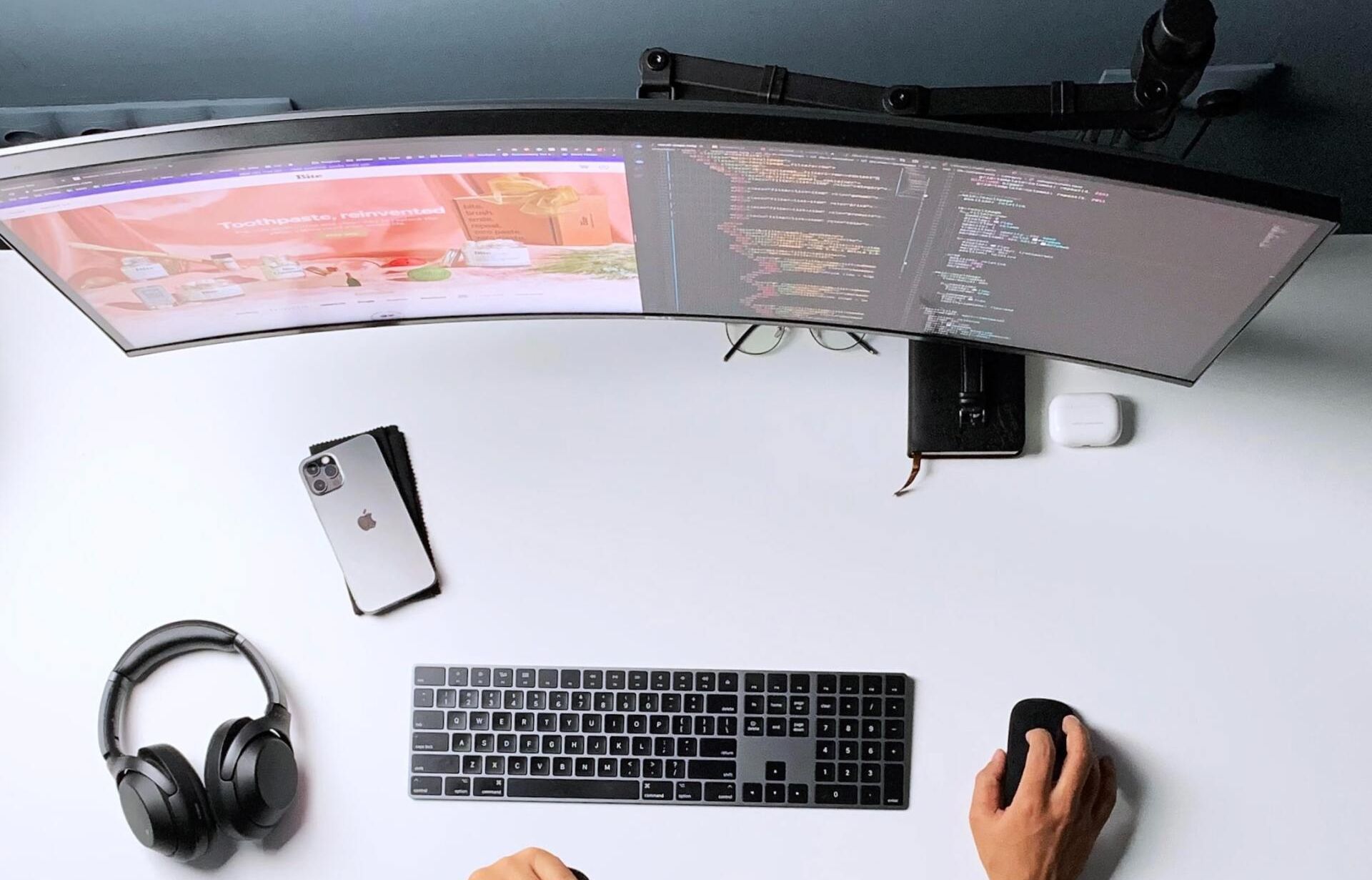
Choosing the Right Type of Documentary
Just as a sculptor selects the right block of marble for their masterpiece, documentary filmmakers must choose the appropriate style for their subject matter. The type of documentary you select significantly influences your editing approach. Consider options such as:
1. Narrative Documentary
This style often follows a structured narrative, similar to a fictional film, and relies on a carefully crafted script.
2. Observational Documentary
These documentaries capture real-life events as they happen, emphasizing realism and minimal interference.
3. Expository Documentary
Information and facts are at the forefront of this type, with a strong narrative voice guiding the viewer.
4. Participatory Documentary
Filmmakers actively engage with their subjects, often sharing their perspectives and journeys within the documentary. Your editing outline should align with the chosen style, ensuring a seamless and coherent storytelling experience.
Choosing the right documentary style is a critical aspect of documentary editing, and it should be considered in conjunction with your editing outline.
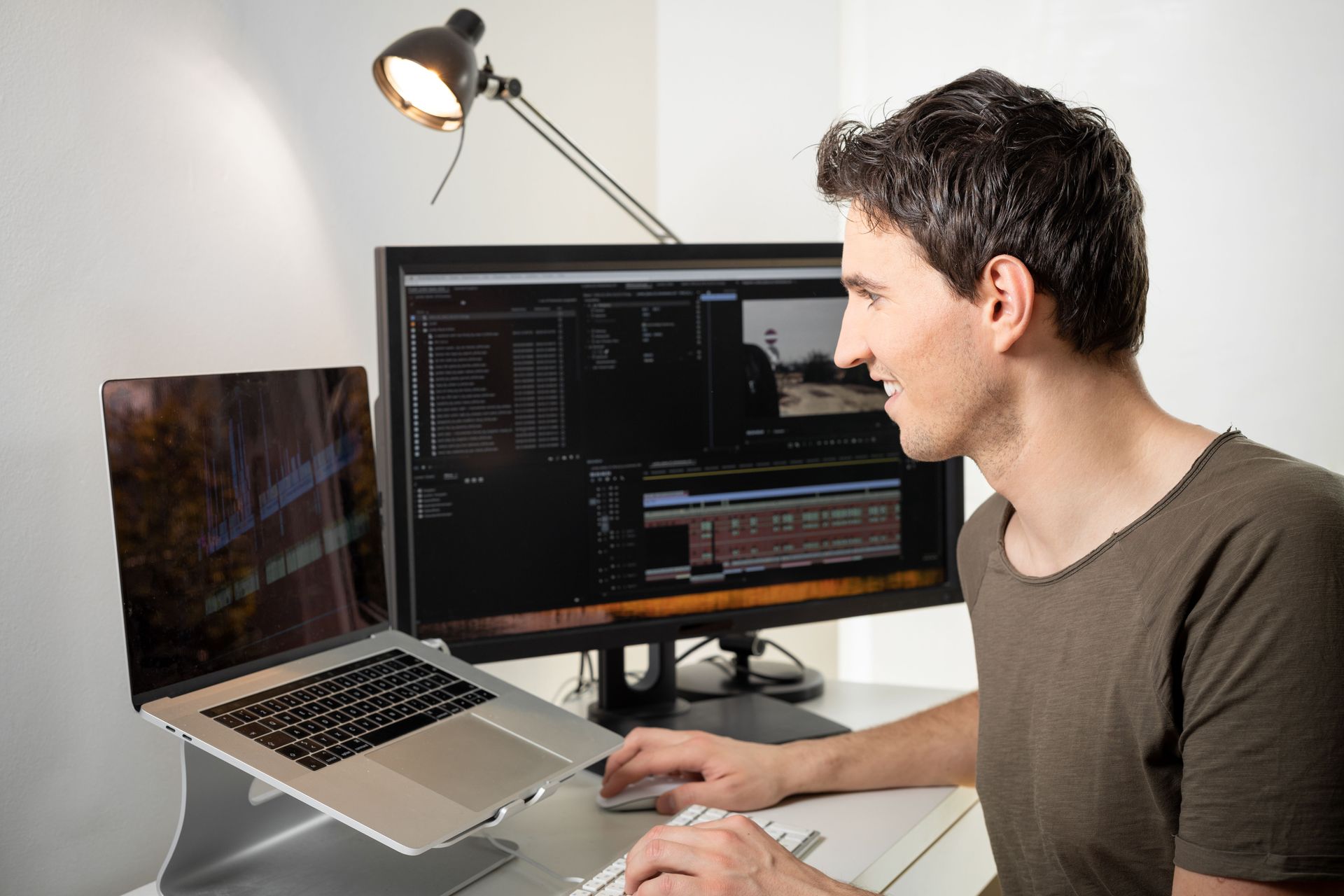
Creating a Story Outline
The story is the heart of your documentary, and creating a compelling story outline is paramount. Just as a novelist plans the arc of their novel, you should craft a roadmap for your documentary.
Identify Key Moments
Highlight the pivotal moments that shape your narrative. These moments will serve as the backbone of your documentary.
Establish Themes
Clearly define the themes you want to explore in your documentary. Your editing outline should reflect these themes.
Storyboard Your Ideas
Much like sketching a scene, create a visual representation of your documentary's flow, incorporating the major plot points and transitions.
The story outline and editing outline work hand in hand to shape the narrative in documentary editing.
Setting Up Interviews
Interviews are often the backbone of a documentary, providing insight, emotion, and context. As a painter selects the right brushstroke, carefully choose your interview subsettingsnd setting.
Selecting the Right People
Choose interviewees who can provide valuable insights and perspectives on your subject matter. Ensure they are comfortable in front of the camera.
Creating a Comfortable Environment
Establish a relaxed and welcoming setting for interviews. This encourages authentic and unguarded responses.
Prepare Thoughtful Questions
Your questions should guide the conversation while allowing for spontaneous, heartfelt responses.
Recording High-Quality Audio and Video
Invest in quality recording equipment to capture interviews. Poor audio and visuals can hinder your editing process. Interviews are a vital part of your documentary's raw material, and your editing outline should include plans for how they will be integrated seamlessly into the narrative.
Selecting the right interviews and incorporating them effectively is essential to documentary editing.
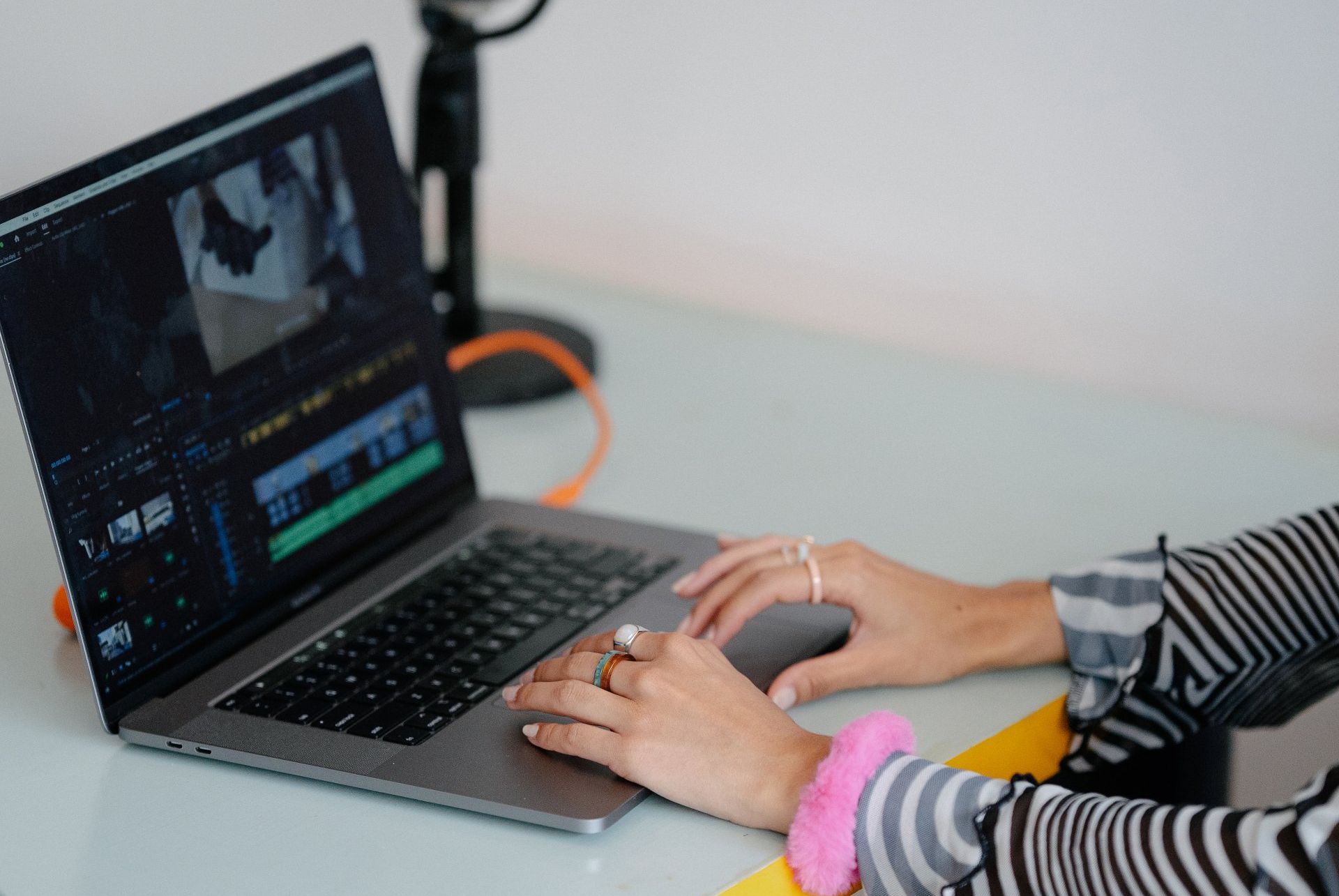
Editing the Final Product
Finally, we come full circle to the core of documentary editing. Just as a sculptor chisels away excess material to reveal their sculpture, you'll refine your documentary.
Start with Your Editing Outline
Your outline is your guiding light in this phase. It dictates the pacing, structure, and flow of your documentary.
Trimming and Arranging
Review your footage and interviews, trimming excess and arranging the content according to your outline.
Transitions and Visuals
Ensure smooth transitions between scenes and incorporate visuals that reinforce your narrative.
Sound and Music
Sound design and music can enhance the emotional impact of your documentary. Use them wisely and in line with your editing outline.
The editing outline's role in guiding the editing process cannot be overstated. It ensures that the final product aligns with your creative vision.
Making Documentaries: A Step By Step Guide
Just as an architect needs a solid foundation, every documentary project requires a well-structured plan.
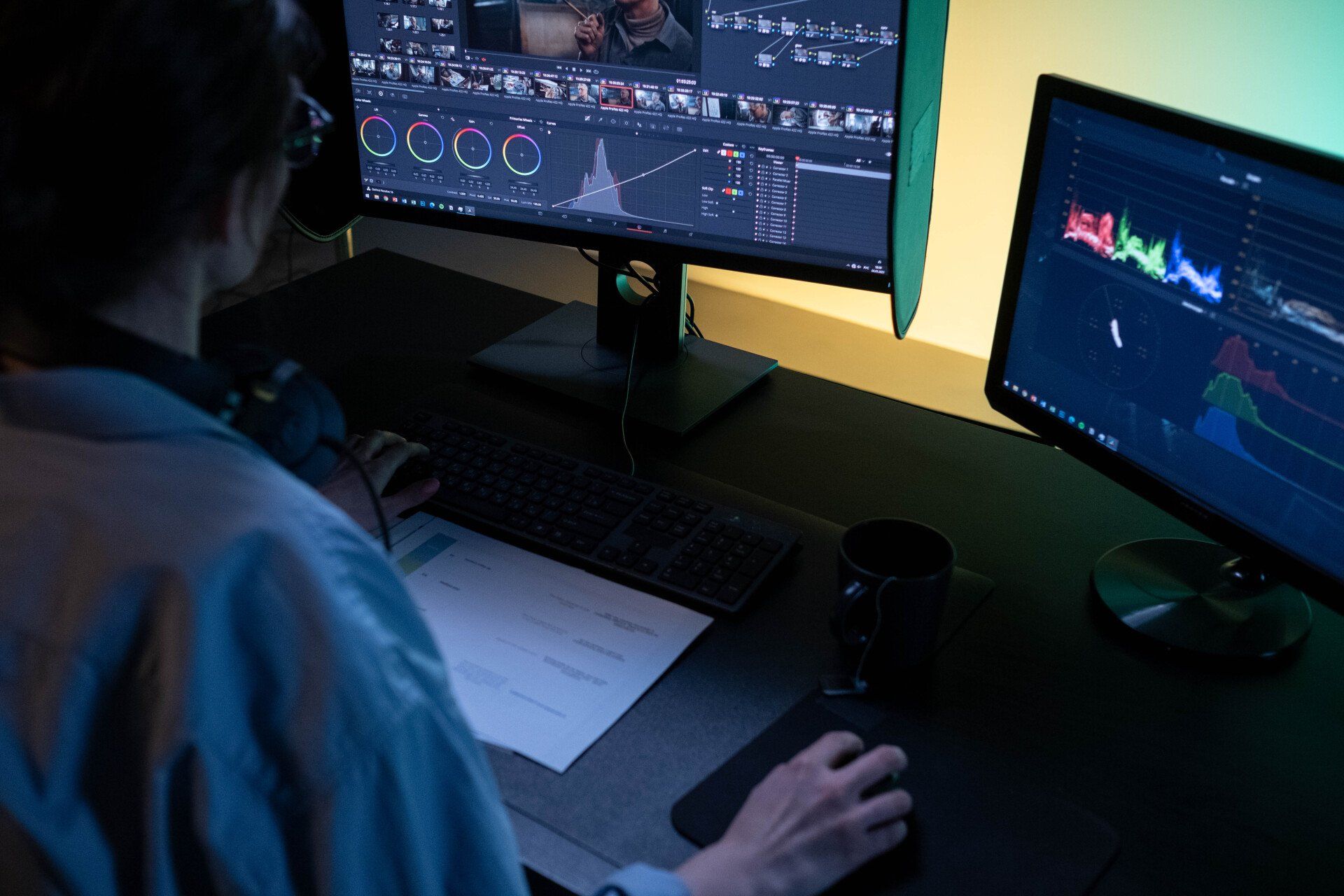
Researching Your Documentary Topic
The Power of Knowledge
In the world of documentary filmmaking, knowledge is your most potent weapon. Extensive research is the cornerstone of creating a compelling and informative documentary. Much like an author conducting research for a book, your journey begins with understanding your subject matter in depth.
1.Dig Deep
Leave no stone unturned when gathering information. Utilize various resources, including books, articles, interviews, and online materials. Dive into libraries, archives, and digital databases to become an expert on your chosen topic.
2. Primary Sources
Whenever possible, engage with primary sources, such as experts, eyewitnesses, or individuals with firsthand experience. Their insights can add a layer of authenticity to your documentary.
3. Documentary Examples
Study other documentaries related to your subject matter. Analyze their approaches and storytelling techniques. What worked well in their narratives, and what could be improved or adapted to your project?
Conducting thorough research at this stage enriches your understanding and lays the foundation for your editing outline, ensuring that every piece of information aligns with your documentary's overarching narrative.
Considering Your Audience
Just as a storyteller tailors their tale to their audience, a documentary filmmaker must consider who will be watching their creation. Your documentary's impact hinges on how well it resonates with your target audience.
1. Identify Your Audience
Identify your intended viewers' demographic and psychographic attributes, encompassing their personal profiles, interests, requirements, and inclinations. A comprehensive comprehension of your audience constitutes the initial phase in developing a documentary that effectively resonates with them.
2. Tailor Your Message
Craft your documentary in a way that resonates with your audience. Consider their prior knowledge and the emotional connection you want to establish. Are you aiming to inform, persuade, inspire, or provoke thought?
3. Engage Emotionally
Documentaries have the power to evoke strong emotions. Keep your audience's emotional connection in mind when crafting your narrative. What aspects of your subject matter will resonate most deeply with them?
Understanding your audience is akin to knowing your canvas and brushes as a painter. It allows you to select the right storytelling techniques, visuals, and tone that will create a meaningful connection with your viewers.
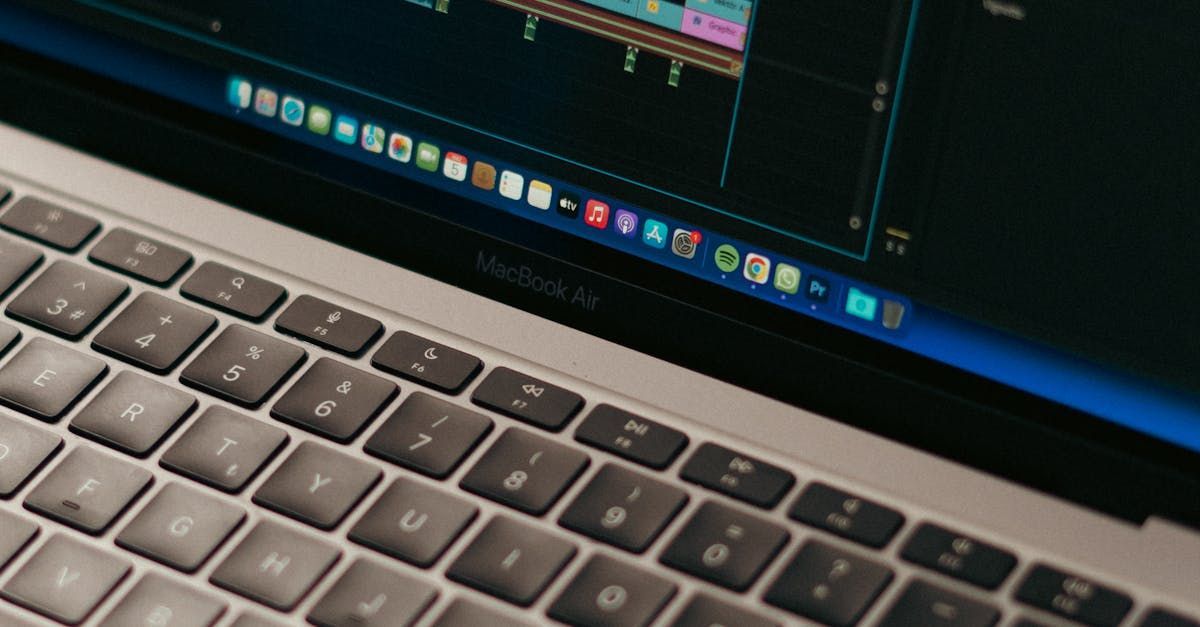
Capturing a Variety of Angles
Just as a painter uses different brushes for various effects, documentary filmmakers must capture their subject matter from multiple angles to create a rich, engaging narrative.
Diverse Perspectives
A documentary gains depth and complexity when showcasing various viewpoints. Consider interviewing multiple people who can provide different perspectives on your subject. These diverse voices can add depth and nuance to your documentary's narrative.
Exploring Visuals
Visual storytelling is a powerful tool. To offer a comprehensive view of your topic, incorporate a mix of visual elements, such as photographs, archival footage, on-location shots, and animations. Each optical element contributes to the overall impact of your documentary.
Timeline Variation
Consider varying timelines or chronologies within your documentary just as a novelist may employ flashbacks or non-linear storytelling. This can keep the audience engaged and provide different insights into your subject matter.
Capturing diverse angles and perspectives in your footage is essential for the richness and depth of documentary editing. Your editing outline should consider tips to ensure a cohesive and engaging narrative.
Capturing diverse angles in your footage is essential for the richness and depth of documentary editing.
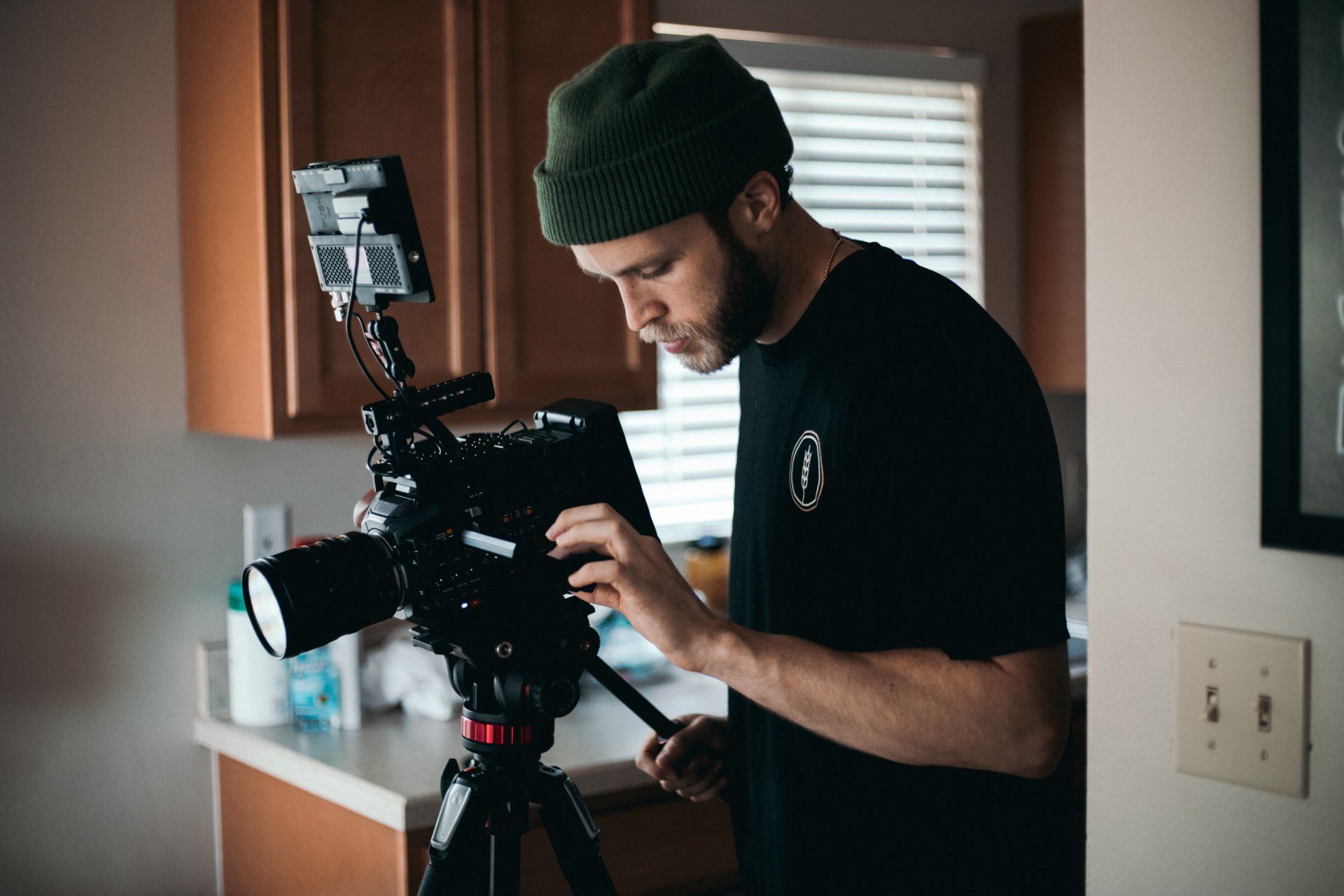
The Importance of a Well-Established System
Just as a captain relies on navigation charts, a well-established system is critical in documentary filmmaking to ensure you finish successfully. Your documentary project can stay on course with a clear plan and effective coordination.
Pre-production Planning
Before commencing the filming process, it is imperative to establish a well-defined plan. This plan should delineate your goals, objectives, and the project's overall scope. Consider the logistical aspects, such as budget, schedule, and locations.
Team Coordination
A documentary is rarely a one-person show. Effective communication from your team members, whether researchers, camera operators, sound engineers, or editors, is essential for a seamless workflow.
Post-production Workflow
Just as a chef relies on a well-organized kitchen, establish a streamlined workflow for post-production tasks, including editing, sound design, and visual effects. A well-structured workflow ensures you can efficiently combine all the elements to create your final documentary.
Feedback Loop
Continuously seek feedback from peers, mentors, or test audiences throughout the production and post-production phases. Constructive feedback can help refine your documentary and ensure it aligns with your initial vision.
A well-established system is the backbone of a successful documentary project, from the initial research stage to the final documentary editing. Your editing outline should integrate seamlessly with your project's overall plan.
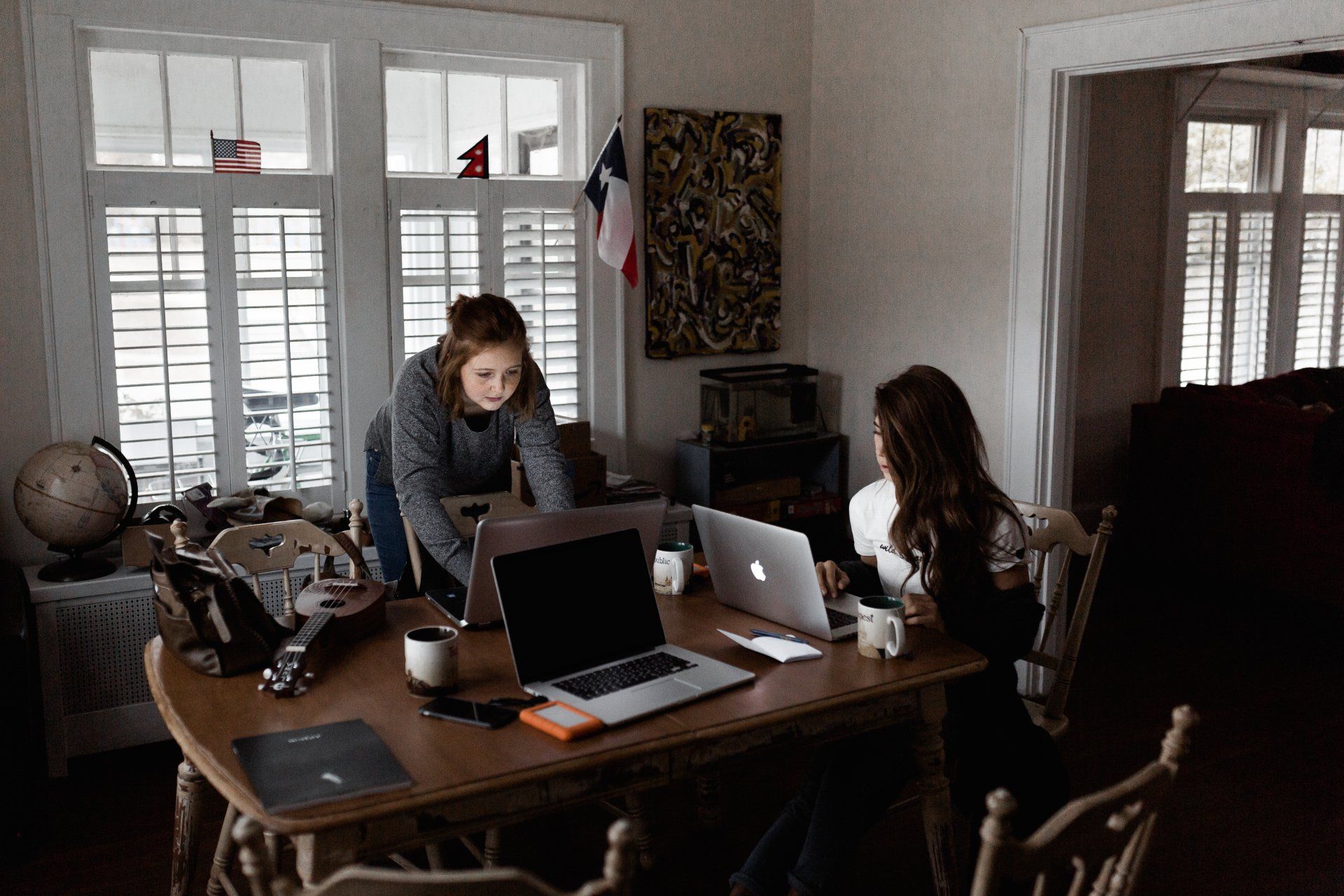
How to Edit a Documentary Film (Start To Finish)
The Art of Creative Documentary Editing
1. Shaping the Narrative
Documentary editing is more than just assembling clips; it's about crafting a compelling story. Just as a sculptor chisels away excess material to reveal their masterpiece, an editor trims, arranges, and refines footage to create a coherent and engaging narrative.
2. Selecting the Right Shots
Editors must sift through hours of footage to find the most powerful, evocative, and relevant shots. Each shot should contribute to the overarching story.
3. Pacing the Narrative
The pacing of a documentary is crucial. Editors use timing, rhythm, and transitions to keep the audience engaged and emotionally connected to the story.
4. Structuring the Story
The editing outline guides the arrangement of scenes and sequences. Editors ensure the narrative flows logically, providing the audience with a clear and captivating journey.
Just as a painter selects colors and brush strokes to evoke emotions, editors use their tools and techniques to elicit specific reactions from the audience, making them an integral part of the storytelling process.
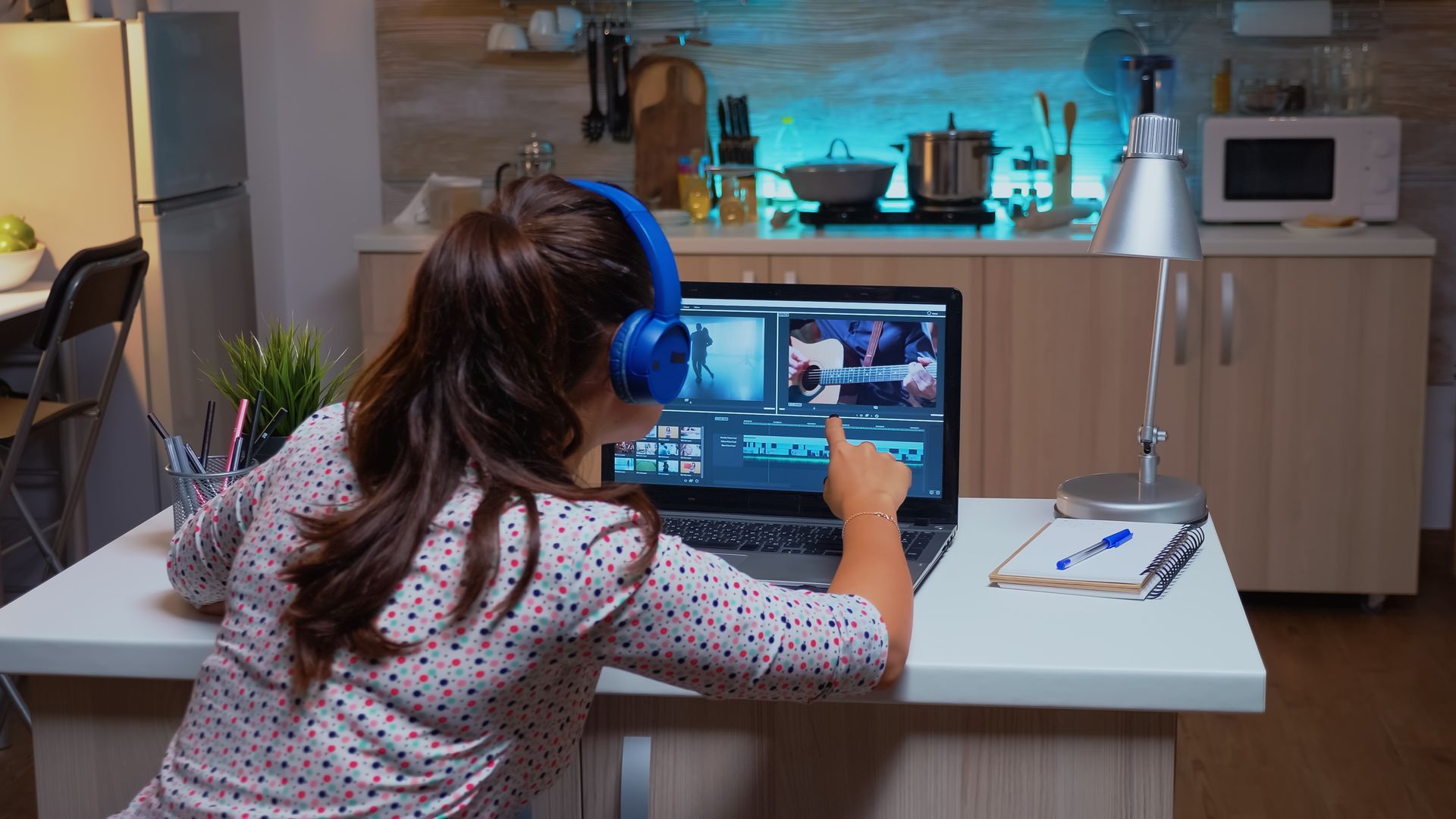
Stages of Documentary Editing
Documentary editing unfolds in several stages, each with unique challenges and opportunities. These stages are akin to the development phases of a painting, from the initial sketch to the final masterpiece.
1. Assembly Edit
This stage involves organizing footage chronologically to create a rough storyline. It's like sketching the outline of a painting, setting the foundation for the final artwork.
2. Rough Cut
The editor refines the assembly edit, trimming unnecessary scenes and sequences. It's comparable to adding layers and details to a painting, bringing it closer to completion.
3. Fine Cut
In this stage, editors fine-tune the documentary, paying close attention to pacing, transitions, and visual elements. It's akin to adding depth and texture to a painting, making it more visually captivating.
4. Picture Lock
Once the final edit is approved, it's locked in place. This stage is akin to the artist signing their finished work, indicating that it's ready for the world to see.
Editors must navigate these stages precisely, ensuring that the documentary aligns with the initial vision and editing outline while adapting to the ever-evolving narrative.
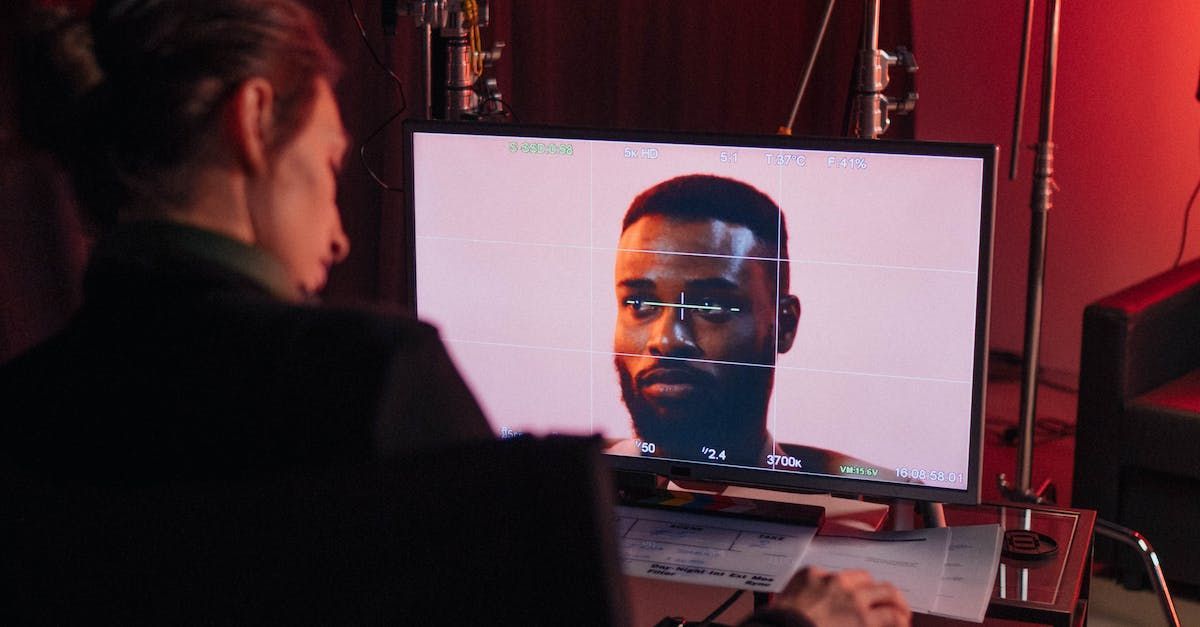
Editing Workflows and Techniques
Just as a conductor orchestrates a musical piece, editors use various workflows and techniques to create a visual symphony that resonates with the audience.
1. Montage Editing
This technique involves rapid sequence editing to convey events or emotions quickly. It's like a crescendo in music, building tension or excitement.
2. Parallel Editing
Editors use similar editing to show multiple actions or storylines simultaneously. It's akin to harmonizing different musical instruments in a symphony, creating a dynamic and engaging experience.
3. Sound Design
Sound is a powerful tool in documentary editing. Editors incorporate ambient sounds, music, and dialogue to enhance the emotional impact of a scene, similar to the way music complements a film's visuals.
4. Color Grading
Color grading is like adjusting the lighting in a painting. Editors use it to create visual moods and enhance the overall aesthetic of the documentary.
Each editing workflow and technique contributes to the visual and emotional resonance of the documentary, ultimately conveying the intended message to the audience.
Conclusion
In the intricate world of documentary filmmaking, creative documentary editing is the brushstroke that brings the entire canvas to life. Editors play a crucial role in changing the narrative, selecting the right shots, and using techniques to engage the audience emotionally.
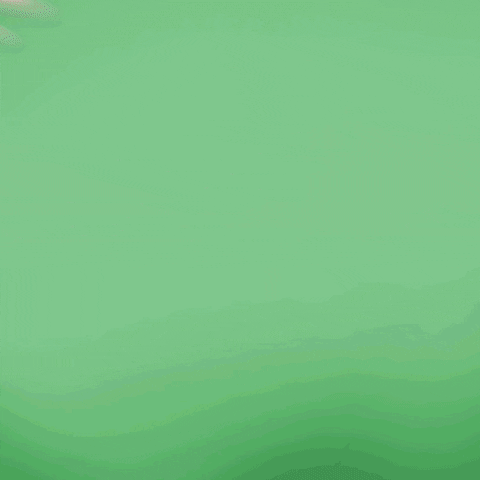
Get total clarity on your video marketing and paid media with our FREE comprehensive data audit.
CINESALON NEWS
POPULAR POSTS
Like what you read?
Interested in having video do more for you? Give us a shout on the form or book a call.
We make your complex ideas simple to everyone else.
Do video marketing
better.
Hire the experts at CineSalon.
Quick Nav
Company
Locations
Case Studies
Services
All Rights Reserved | CineSalon

